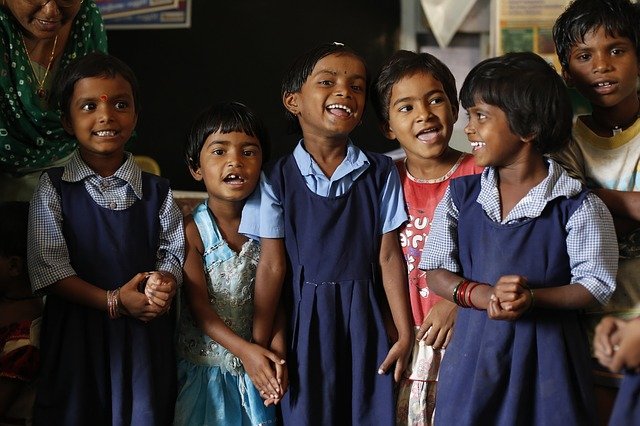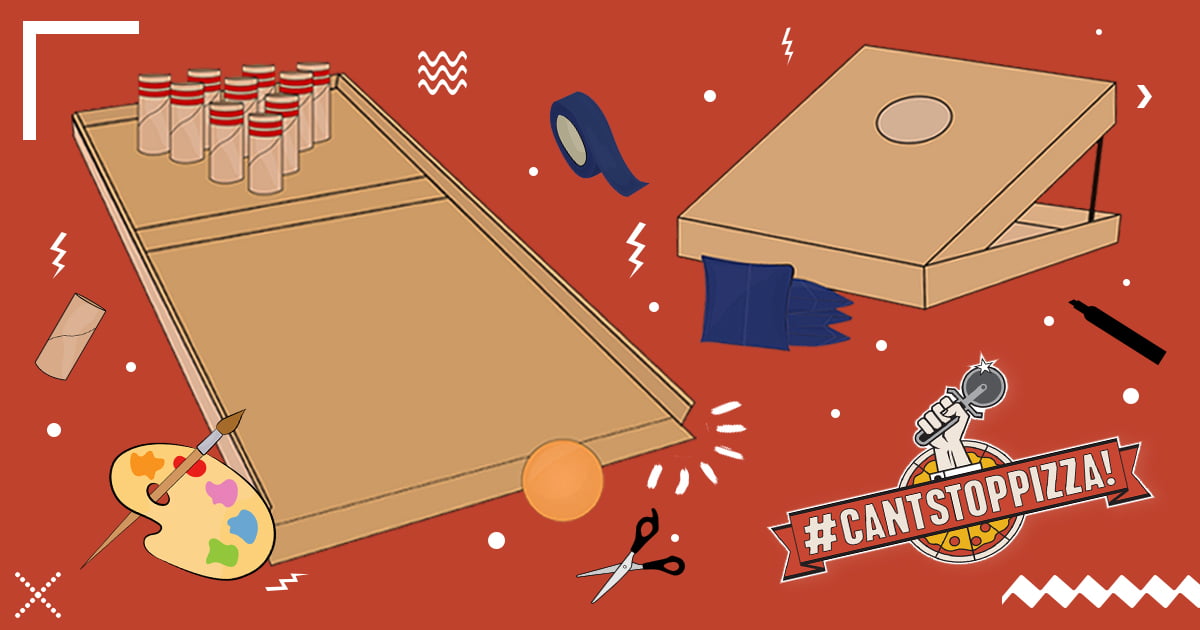
You can help your child develop their knowledge of shapes by using shapes games. Children can learn more about shapes and their properties by understanding them. This will help them to build a foundation for math lessons in the future. In addition, shape games help kids learn about how to identify and name shapes in a fun, engaging way.
Shapes can be used by children to teach them how to identify and describe shapes in various sizes and orientations. Children can practice their shape knowledge by playing games that they are unfamiliar with. Games like Shapes falling down can be used to help children learn about shapes that have been turned upside-down.
Shape Monsters is another great interactive shape game. This game will help children identify and name shapes as well as improve spatial awareness. Children will need to identify the correct shape, then move the finger to make it fall. When they choose the correct shape, they will be prompted with an audible signal.

Kids can practice their drawing skills with shape games. They can draw shapes on a white board or on real objects. After they're done, they can make the shapes fit into a grid. This helps them practice calculating angles. They will also learn how an area formula works. If they make a mistake, they will have a "Try It Again" message. If they make no mistakes, they will have earned points.
You will find the most fun and colorful shapes game. These games are perfect for preschoolers and kindergarteners. The shape games will provide a foundation for geometry lessons. These games will help kids to increase their maths skills, and confidence.
There are many shapes games online that children can play. Shape Runner and Shape Tunnel are the most popular. Color Trouble, Slice Shapes, and Shape Tunnel are also great options. These games will help children identify and name basic shapes. They also teach them about symmetry and tessellating pattern and coordinates. They will also learn about faces and faces with angles. Children will also benefit from playing shapes games, which will teach them about the properties of shapes and help them identify them in everyday objects.
In addition to shape games, there are also shape sorting games. These games will enable kids to name and identify the shapes made by classmates. They will also learn to sort shapes based on two criteria: shape and color. Students will be able to use different methods to sort shapes such as by cutting them in squares. Students will also learn the properties of shapes like area and perimeter.

Some shape games are not interactive. These are games that you can draw on paper using scissors or tape. These games will help your child learn how to draw shapes. They can help children understand the shapes around them, like the shapes in their classroom.
FAQ
What's the difference between college and school?
Schools are often divided into classes or grades, with one teacher teaching a class of students. Colleges offer more specialized programs, and many include university-level classes. While schools are more focused on fundamental subjects, colleges might offer a range of subjects such as arts, science and languages. Both levels have a curriculum that prepares students for higher education.
What are some possible ways to receive scholarships?
Scholarships are grants awarded to help pay for college expenses. There are many types and types of scholarships. These are:
-
Federal Grants
-
State Grants
-
Student Loans
-
Programs for Work Study
-
Financial Aid
Federal grants are direct from the U.S. government. Federal grants are subject to certain conditions. Financial need is one example.
State grants can be offered by the individual states. These grants are not always based on financial need. Some states may offer them for specific reasons.
Banks and lending institutions offer student loans. Students often borrow money to pay for tuition and living expenses.
Employers can use work-study programmes to attract qualified students. Employers must pay workers at least minimum wage.
Financial aid allows low-income families to afford college by paying for all or part of their tuition costs.
What's the difference between private and public schools?
All students are eligible to attend public schools for free. They offer education for kindergarten through high school. Private schools charge tuition fees per student. They offer education from preschool to college.
There are charter schools that are both privately operated and publicly funded. Charter schools don’t follow traditional curriculum. They allow students more freedom to discover what interests them.
Charter schools are very popular with parents who believe that all children should have equal access to education, regardless of their financial circumstances.
Is it better to be a specialist in one subject than in another?
Many students prefer to be a specialist in one subject (e.g. English, History or Math) rather than pursuing multiple subjects. It is not always necessary to become a specialist. For example, if you're considering becoming a physician, you could choose to specialize in either internal medicine or surgery. You can also choose to be a general practitioner, specializing either in pediatrics or family practice, psychiatry, gerontology, or neurology. A business career could include sales, finance and marketing. The choice is yours.
What is homeschooling and how does it work?
The homeschooling method is where the parents educate their children at home. This is also called private education, self-education or homeschooling.
If you want your children to learn at home, then homeschooling can be a great option. This method allows them to receive a quality education without leaving the comfort of their own home.
Parents educate their children from birth until they graduate high school. They decide on the subjects they want to study and how much time each subject should take. Each student learns all on their own.
The parents decide when to teach their children. Many schools recommend that children attend classes from age four until twelve years old. Some families wait until their children reach kindergarten to start teaching them.
You can use any number resources to help your children through the curriculum. You can learn valuable lessons from books, videos, websites and magazines.
Many families find that homeschooling works well with their busy schedules. Parents can spend more time with their children than in traditional public schools.
What exactly is a school of trade?
Trade schools provide an alternative pathway for students who have not achieved success at traditional higher educational institutions to earn a college degree. They offer career-oriented programs that help students get prepared for specific careers. These programs usually require two years of coursework. Students who enroll in them then move on to a paid apprenticeship program. Here they learn a job skill, and also receive training. Trade schools include vocational schools, technical colleges, community colleges, junior colleges, and universities. Some trade schools also offer associate degrees.
Statistics
- They are more likely to graduate high school (25%) and finish college (116%). (habitatbroward.org)
- In most developed countries, a high proportion of the population (up to 50%) now enters higher education at some time in their lives. (en.wikipedia.org)
- “Children of homeowners are 116% more likely to graduate from college than children of renters of the same age, race, and income. (habitatbroward.org)
- Data from the Department of Education reveal that, among 2008 college graduates, 92.8 percent of humanities majors have voted at least once since finishing school. (bostonreview.net)
- Among STEM majors, that number is 83.5 percent. (bostonreview.net)
External Links
How To
What is vocational education?
Vocational education is an educational program that prepares students to work after high school and college. It teaches them specific skills for specific jobs (such as welding). This includes apprenticeship programs and on-thejob training. Vocational education differs from general education because it focuses on preparing individuals for specific careers rather than learning broad knowledge for future use. Vocational training is not designed to prepare individuals for university but rather to assist them in finding jobs upon graduation.
Vocational education can take place at all levels of schooling. This includes primary schools, secondary schools and colleges, universities as well as colleges, technical institutes, technical colleges, trade schools, community college, junior colleges, four-year colleges, and colleges. You can also find specialized schools such a culinary arts school, nursing school, law school, medical schools or dental schools. These schools offer both practical and academic training.
In recent decades, many countries have made large investments in vocational training. The effectiveness of vocational education is still controversial. Some argue it doesn't improve students' employability, while others argue it prepares them for the future.
According to the U.S. Bureau of Labor Statistics 47% of American adults have a postsecondary certificate. This number is higher for those with higher education. 71% of 25-29-year-olds have a bachelor's or higher degree and are employed in areas that require postsecondary credentials.
The BLS reported in 2012 that almost half of all adults had some type of postsecondary credential. About one-third of Americans held a two-year associate degree, while about 10 percent held a four-year bachelor's degree. One fifth of Americans have a master's, or doctorate.
In 2013, the median annual wage for persons holding a bachelor's degree was $50,900, compared to $23,800 for those without a degree. The median salary for people with advanced degrees was $81,300.
The median income for those who have not completed high school was just $15,200. For those who did not complete high school, the median annual salary was only $15,200.